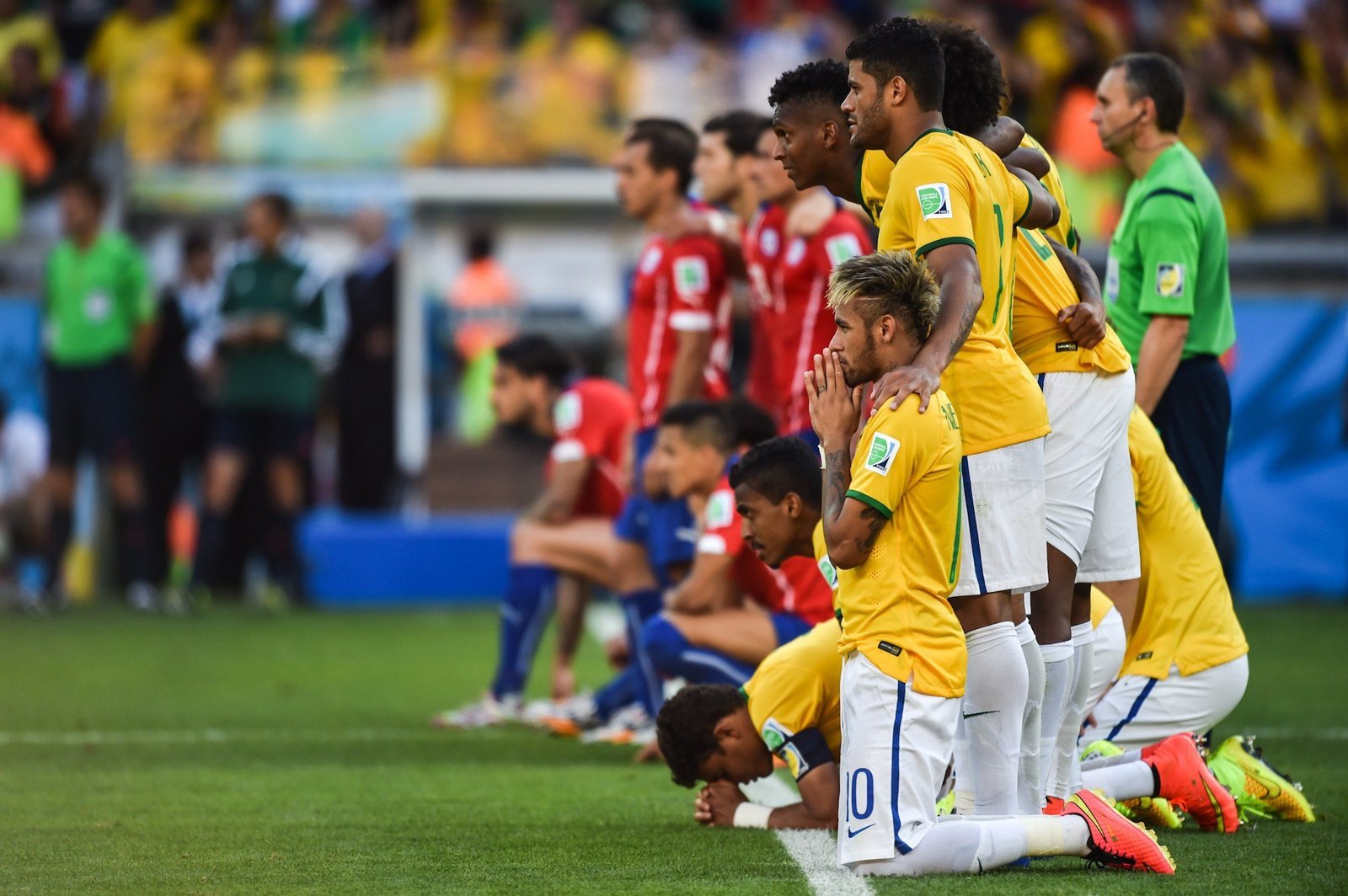Penalty shootouts represent the ultimate mental battlefield in soccer, where psychology often trumps technical ability. This 2,500-word examination delves into the science behind penalty performance, revealing how elite players and teams prepare for these high-stakes moments that decide championships.
The Mental Battlefield: Understanding Penalty Pressure
The Physiological Impact
When taking a penalty, players experience:
-
Heart rates spike to 160-190 bpm (versus 130-140 in open play)
-
Tunnel vision occurs in 68% of takers
-
Time distortion makes seconds feel like minutes
Brain Scan Studies: Show decision-making areas shutting down under pressure
⚽ The Anatomy of the Perfect Penalty
Technical Elements of Success
-
Run-up: Optimal 4-6 steps (85% success rate)
-
Placement: Top corners (92% conversion) vs low center (71%)
-
Pace: 65-75 mph ideal (too slow=readable, too fast=less accurate)
Psychological Strategies
-
Pre-shot routines (used by 94% of elite takers)
-
Visualization techniques (mentally rehearsing success)
-
Emotional detachment (blocking crowd noise)
Penalty Statistics That Reveal Patterns
Historical Conversion Rates
| Type | Success Rate |
|---|---|
| Regular time penalties | 76% |
| Shootout penalties | 72% |
| Championship finals | 68% |
Player Profile Success Rates
| Personality Type | Conversion Rate |
|---|---|
| Extroverts | 74% |
| Introverts | 69% |
| “Ice cool” personalities | 81% |
Case Studies: Masters of the Art
1. Bruno Fernandes (92% career conversion)
-
Technique: Skip-hop run-up disrupts keeper timing
-
Mindset: “I decide where it’s going after keeper moves”
2. Jorginho (Bounce technique)
-
Innovation: Stutter-step forces early keeper commitment
-
Mental Approach: Treats like training session
3. Harry Kane (Power placement)
-
Strategy: Always picks same spot (top right)
-
Preparation: Takes 200 practice pens weekly
Neuroscience Behind Penalty Success
Brain Activity Differences
-
Successful takers: Show prefrontal cortex activation (decision-making)
-
Missers: Exhibit amygdala dominance (fear response)
The “Quiet Eye” Phenomenon
-
Elite takers focus 1+ second on target spot
-
Poor performers shift gaze rapidly
Coaching Innovations in Penalty Prep
Modern Training Methods
-
Pressure Chambers: Simulating crowd noise/distractions
-
Biofeedback Training: Monitoring heart rate variability
-
VR Simulations: Recreating exact stadium environments
Progressive Drills
-
Fatigue pens: After intense conditioning
-
Consequence pens: With team punishments/rewards
-
Distraction pens: With verbal/visual interference
Cultural Differences in Penalty Performance
National Team Shootout Records
| Nation | Win % |
|---|---|
| Germany | 82% |
| Argentina | 75% |
| England | 62% |
| Netherlands | 58% |
German “Penalty Machine” Training: Mandatory youth academy program
⚠️ Why Keepers Gain the Psychological Edge
Mind Games That Work
-
Delaying tactics (tying laces, adjusting gloves)
-
Pointing (indicating predicted direction)
-
Verbal distractions (trash talking)
The “Optimal Ignorance” Paradox
Studies show keepers who guess correctly 50% of time save more than those who study tendencies
Future of Penalty Shootouts
Technological Innovations
-
AI prediction models for keeper training
-
Biometric sensors detecting taker stress points
-
Holographic simulations of famous penalties
Potential Rule Changes
-
ABBA sequence (reducing first-kick advantage)
-
Running starts (like hockey shootouts)
-
No rebounds (clean strike required)
Key Takeaways for Players & Coaches
-
Routine is king: Develop and stick to a process
-
Embrace pressure: Reframe anxiety as excitement
-
Specialize early: Identify your best takers young
-
Train realistically: Simulate game conditions
-
Study opponents: But don’t overthink tendencies
For more high-performance soccer insights, visit SoccerNewsZ


No comment